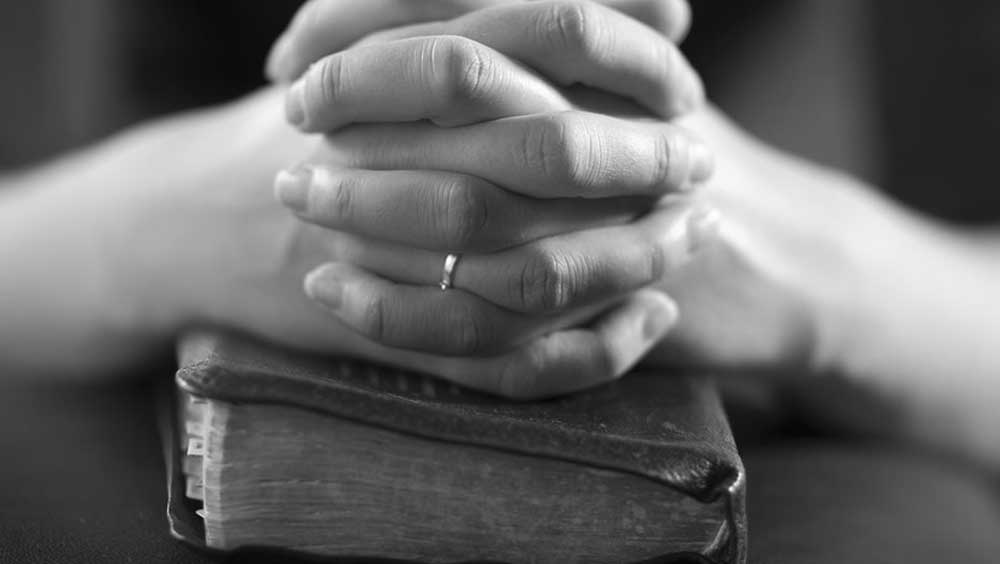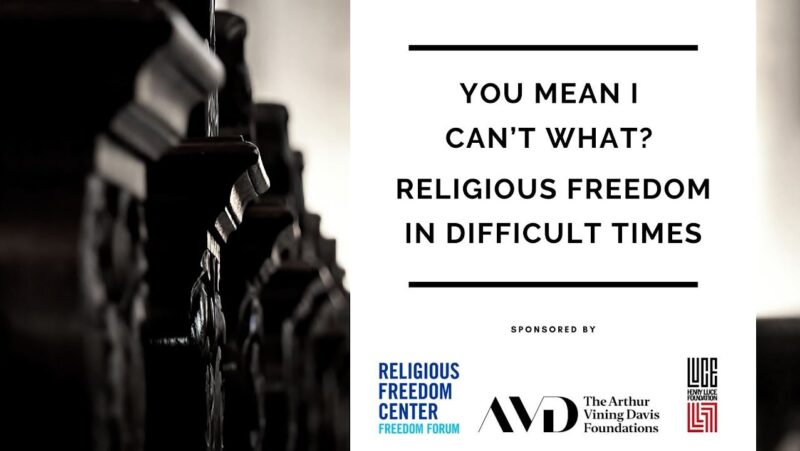The Freedom to Worship Without Fear

It keeps happening.
On Easter 2019, three Sri Lankan Christian churches, along with three luxury hotels, were the targets of coordinated terrorist suicide bombings — with further attacks that same day at a housing complex. More than 250 people were killed by these horrendous assaults, including at least 42 foreign nationals and three police officers. At least 500 were injured.
Then on April 27 — the last day of Passover, coinciding with the Jewish Sabbath — terror came to a U.S. synagogue for the second time in six months, with an attack on Chabad of Poway in California’s San Diego County, in which a founding member of the congregation was killed and several congregants and the rabbi were injured. Only by the grace of God (reportedly, the gun failed to work after the initial shootings), and the brave actions of those on the scene, was a far worse result avoided.
I did not learn of the synagogue attack until after the close of Shabbat that evening and was immediately brought up short by the possible connection with an incident that afternoon when, as I walked home from a Shabbat lunch, I heard somebody yell at me from a passing car two of the most vile words possible: “Heil Hitler.” I quickly turned, but not in time to get a clear look at the car. In reconstructing the time that this had happened, about 2:30 in the afternoon Eastern time, I realized that this incident took place after the Chabad shooting. For all I know, the perpetrators were espousing solidarity with this just-reported act of violence against Jews for no other reason than that they were Jewish.
Earlier that month, on April 4, in the wake of what was then the latest in the ongoing series of assaults on houses of worship — the mass shootings on two mosques in Christchurch, New Zealand that resulted in the deaths of 50 Muslim worshipers and injuries to 50 more — more than 140 religious leaders and religious liberty advocates wrote to President Trump, Vice President Mike Pence and the majority and minority leaders of both houses of Congress, calling on them to affirm that “individuals of all faiths and none have equal dignity, worth and rights to religious freedom.”
The signatories spanned the religious spectrum from Christians of various denominations to Muslims, Jews, Hindus, Buddhists and leaders of secular organizations. The signatories also represented a wide range of political views, as reflected by the signatures of high-ranking officials of Democratic and Republican administrations: Melissa Rogers, former executive director of the White House Office of Faith-based and Neighborhood Partnerships, and former Ambassador Douglas Kmiec.
The letter enunciated several key principles among which were that individuals of all faiths and none have equal dignity, worth and rights to religious freedom, must be able to exercise their religion, including attending houses of worship and practicing their faith in the public square without fear for their physical safety and scapegoating, stereotyping and spreading false information about any person or community, including religious individuals and communities, is unacceptable. While the message of the letter was addressed to one and all, it singled out individuals in leadership positions for a call to avoid using violent imagery that may encourage violence, “especially among those who are so inclined and those who are impressionable.”
As the letter attested, the New Zealand attacks came in the wake of what has become an all-too-familiar litany of houses of worship that have been targeted for unspeakable violence in recent years. In the United States alone, the letter noted, the holy places assaulted have included “the Sikh Temple of Wisconsin in Oak Creek; Mother Emanuel African Methodist Episcopal Church in Charleston, South Carolina; Dar Al-Farooq Islamic Center in Bloomington, Minnesota; First Baptist Church of Sutherland Springs, Texas; and Tree of Life Congregation in Pittsburgh, Pennsylvania.”
Sadly, even in the week between the New Zealand attacks and release of the letter there occurred, and the letter so noted, the stabbing of a priest in a Montreal church and the arson and vandalizing of a California mosque, the latter including scrawled graffiti referencing the New Zealand attacks. Little did the authors of the letter realize how those incidents would pale by comparison to what was yet to come.
The great bulk of these incidents in the United States, and many in other countries as well, have been linked to a white supremacist ideology that targets Jews, Muslims and people of color and that identifies immigrants as, in the words of the alleged Pittsburgh shooter, “invaders that kill our people.” It is no coincidence that the “manifesto” of the alleged Poway synagogue shooter found online just before the attack, praised the Christchurch mosque and Pittsburgh synagogue shooters, as well as claimed responsibility for setting fire to a mosque in Escondido, Calif. As Jane Coaston has pointed out in writing for Vox about the Christchurch attack, modern white nationalism has a common history and a common language that transcends borders. The writings of the alleged New Zealand and Poway killers use similar language, as do others who have either committed or attempted to commit mass violence in the name of their twisted ideologies. Thus, while white nationalism in America has its own history, stemming from the legacy of slavery and racism, it is an inherently global movement — one that has roots in a deeply distorted view of Christian theology.
In the United States, the great bulk of extremist attacks have come from suspected or admitted white supremacists, leading to a call from many quarters for the U.S. administration to devote resources proportionate to the nature of the threat — and for those, including the president, who have been recalcitrant to speak directly to that abhorrent ideology and the danger it poses (and who, deliberately or not, use rhetoric that emboldens the extremists to do so).
At the same time, Sri Lanka teaches us once again the extent to which violent Islamist radicals are willing to go in furtherance of their perverse vision of Islam. The man reported to have masterminded those bombings has long preached an ideology calling for the killing of nonbelievers in Islam and even other Muslims. The Islamic State, with its own twisted version of the faith it espouses, has claimed a role in the planning of this atrocity.
While American Jews, alongside other minorities, are under greater threat in this country from white nationalists than from Islamist radicals, that has not been the case abroad, as witnessed by the killings at such religious institutions as the Great Synagogue in Denmark in 2015, the Jewish Museum of Belgium in 2014, a synagogue in Har Nof, Jerusalem, also in 2014, and a Jewish school in France in 2012 – to say nothing of the innumerable Christians and “wrong kind” of Muslims who have been targeted and killed by Jihadist forces while at worship.
Jewish Rabbinic sources teach us that when the Angel of Death receives permission to destroy, he “makes no distinction between good and bad” — nor any distinction, it would seem, between the religious denominations that may come under attack. Similarly, there is no religious group or ideology immune to those who find justification for violence in their own faith.
What is to be done in response to the global threat to the freedom to worship without fear? In the aforementioned letter, those religious leaders and religious liberty advocates provided an important reminder that the words we use — and particularly the words our leaders use — matter, as well as provided a crucial delineation of the basic principles that should guide all of us in a religiously diverse society that values pluralism and inclusion. None of this will substitute for other hard work that needs to be done (and in which many people of goodwill are already engaged), developing a firmer understanding of how virulent ideologies develop and find footing and what can be done to thwart their dissemination and efficacy. But it is a start.
Richard Foltin is senior fellow for religious liberty at the Freedom Forum. He can be reached at [email protected].
Watch: You Mean I Can’t What? Religious Freedom in Difficult Times
Perspective: Public Schools Need Constitutional and Religious Literacy
Related Content

